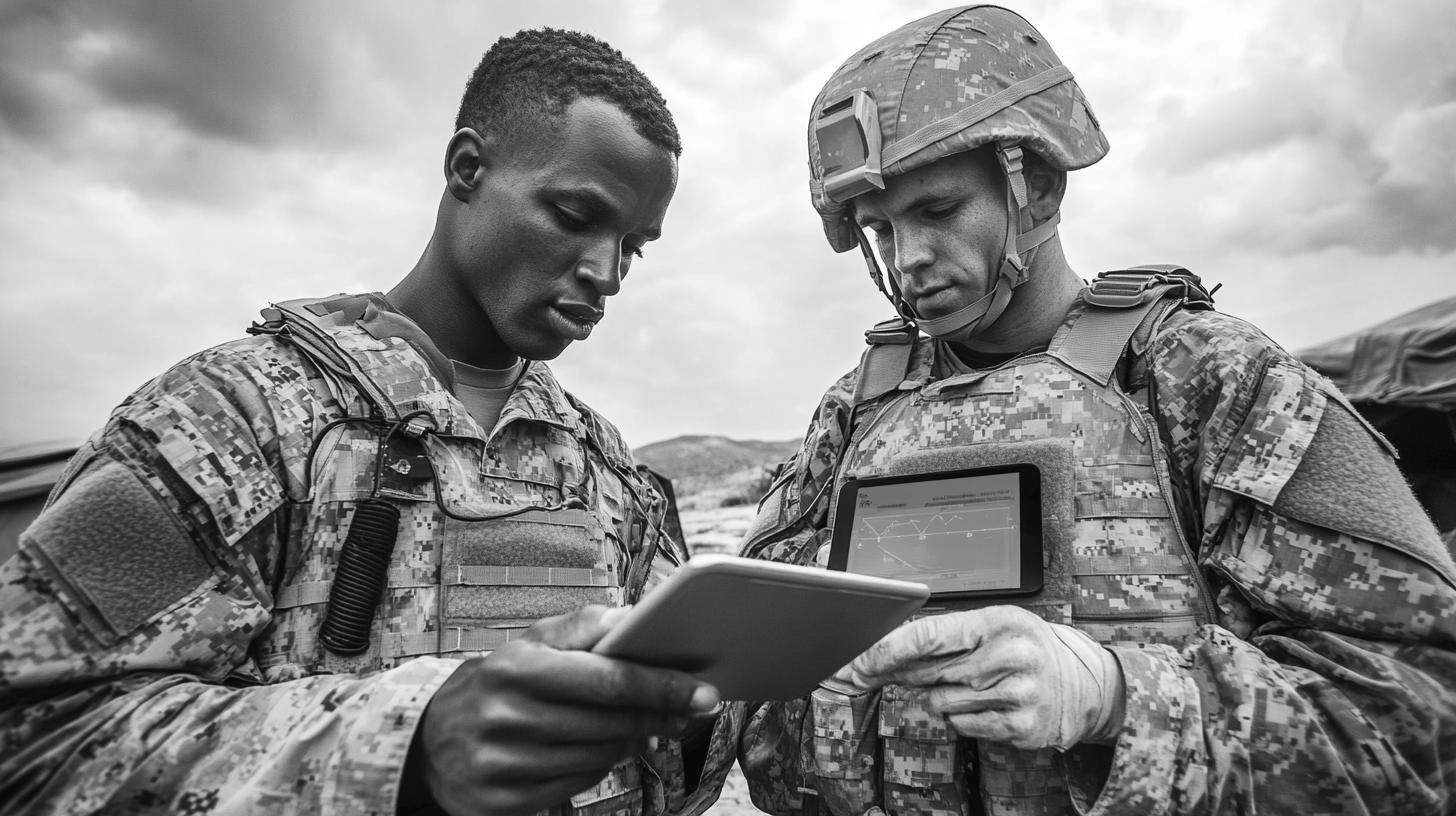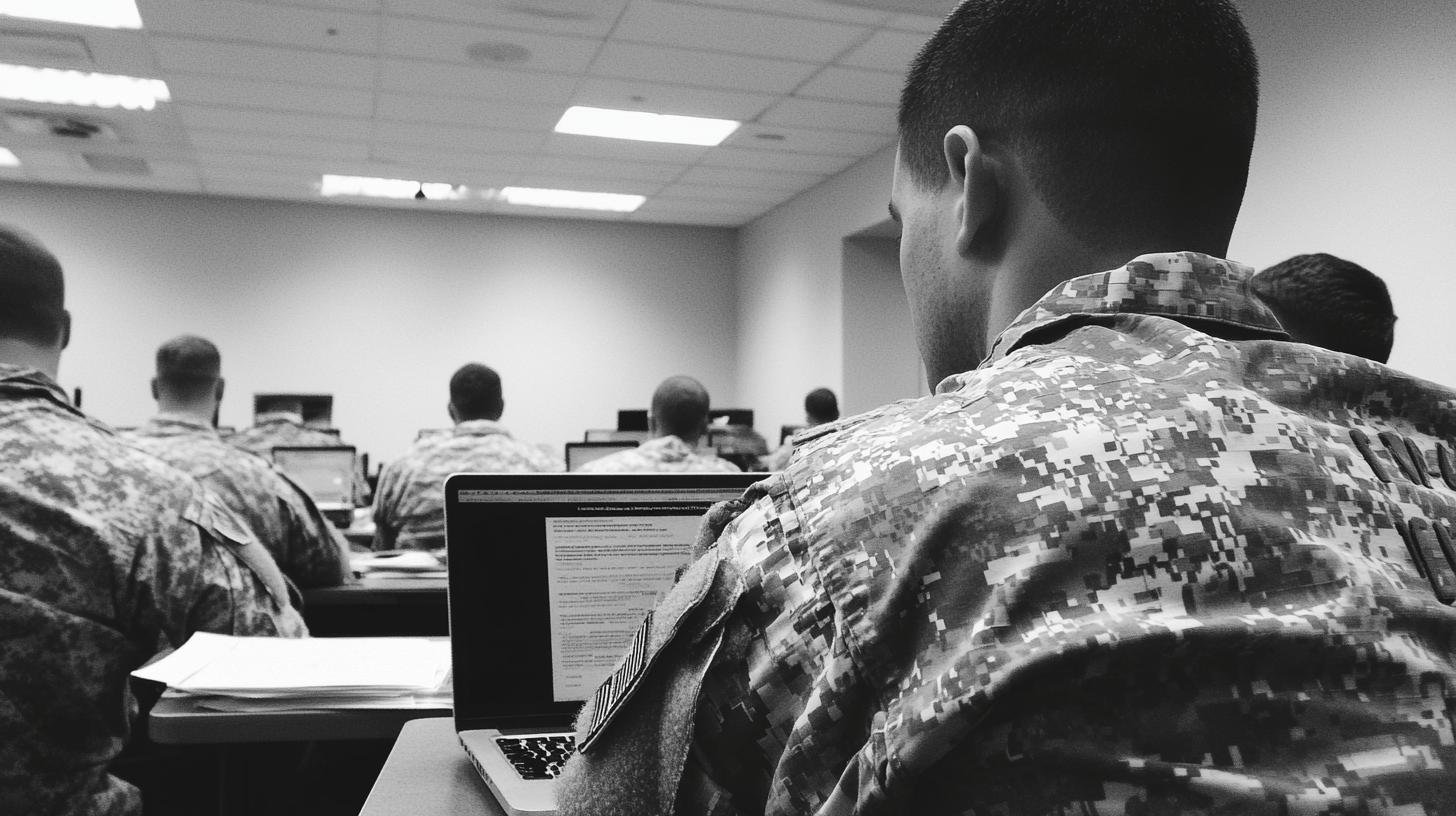Has it ever occurred to you how the Army stays abreast of modern technology? But the Army AI Integration Center is accomplishing just that, causing a revolution in military innovation. The Army hopes to increase efficiency and improve decision-making by integrating AI into its operations. Yes, it is a lot of fancy terminology, but believe me, they are transforming all of that tech jargon into practical advantages for our soldiers. Let’s examine the factors that make this initiative revolutionary. Folks, we are discussing cutting-edge military innovations! Let’s get together and discuss some innovative Army AI activity while sipping coffee.
Mission and Objectives of the Army AI Integration Center
The Army AI Integration Center (AI2C) aims to enhance the Army’s skills with advanced AI technology. Its mission is to incorporate AI into military operations. This improves decision-making, boosts efficiency, and achieves strategic goals effectively. By deploying AI solutions, AI2C ensures the Army remains sharp and prepared.
Core competencies driving AI2C include:
- AI research and development
- Data analytics
- Machine learning
- Technology integration
- Collaboration with partners
Collaborations are where AI2C stands out. They team up with other Army research groups and federal partners to encourage innovation. These alliances act as a secret ingredient, allowing AI2C to access a wealth of expertise and resources. Joining forces, they are not just adapting to tech changes but leading them.
AI Integration in Military Frameworks

Incorporating AI into the military focuses on several key areas. These involve establishing digital conditions, enhancing workforce skills, modernizing platforms, revising governance, and prioritizing AI ethics. It’s more than just adding AI to existing systems. It’s about building a foundation where AI can excel and transform operations.
Why emphasize ethics? The Army understands that great power comes with great responsibility. They address legal, policy, and technical considerations to ensure AI use is wise and safe. This guarantees each AI tool or system meets ethical standards and remains controlled. Protecting both people and missions while innovating is vital.
What does this mean for the Army’s strategy? AI integration ensures mission success and operational excellence. The focus is on a future where AI plays a crucial role in defense, ensuring the Army stays a step ahead in the tech landscape.
Collaborations and Partnerships in Advancing Army AI Integration
Why Pittsburgh for the Army’s AI hub? The city boasts a rich talent pool and growth potential. Collaborating with Carnegie Mellon University allows the Army to leverage top-tier academic research and innovation. This partnership is crucial for advancing AI research and bringing new ideas and cutting-edge tech to military applications. Establishing the hub in Pittsburgh means accessing the city’s tech-savvy workforce and creating a bridge between academia and military uses.
How does this collaboration reshape defense contracting? It modernizes the system. The approach promotes agility and offers small businesses and startups a chance to contribute. Inviting these innovators accelerates AI advancements, ensuring cutting-edge development. Small businesses provide rapid development and fresh insights, while industry partners assist with tech transfer and real-world application. This collaborative blend revolutionizes the Army’s tech integration, keeping operations efficient and effective.
| Partner | Contribution |
|---|---|
| Carnegie Mellon University | Academic research and innovation |
| Small businesses | Innovation and rapid development |
| Industry partners | Technology transfer and application |
AI Scholars Program and Workforce Development

The Army’s AI Scholars Program is like a knowledge-boosting boot camp for tech enthusiasts. It develops AI skills among soldiers and civilians, readying them for high-tech challenges. Through AI training, participants enhance their abilities, making them go-to experts for AI in the Army. It’s about transforming beginners into pros, capable of leading military innovation and tech advancements.
Here’s a snapshot of workforce development offerings:
- Formal education programs—college-style courses with an Army twist.
- Training workshops—hands-on sessions for deep dives into AI.
- Skills development for soldiers and civilians—customized training for everyone, from recruits to veterans.
- Preparation for AI roles in military innovation—equipping all to drive tech advancement in the Army.
Where does this lead? Participants emerge as tech-savvy leaders, ready to push forward military technology advancements. The program molds them into innovators who can lead AI projects, ensuring the Army stays ahead of tech curves.
Challenges and Future Goals for AI Integration in Defense
Current challenges for Army AI integration include battery issues and harmonizing ground robots. These tech issues are like fitting a square peg in a round hole. Weak batteries and unsynced robots can hinder the Army’s effectiveness. Addressing these problems is crucial to ensuring AI tools are reliable and ready.
What’s on the Army’s future AI agenda? Here’s a glance:
- Enhance data and infrastructure for AI support
- Develop satellite communication technologies
- Transform AI in the Pacific region
- Accelerate tech contract processes
The Army is proactive in these areas. They’re building up data and infrastructure for AI success. They’re also targeting the Pacific for an AI transformation to boost regional capabilities. For tech contracts, they’re moving faster for quicker results. This proactive stance ensures the Army not only stays current but sets the pace in technology.
Conclusion
Exploring the Army AI Integration Center reveals groundbreaking developments in military AI aimed at boosting decision-making, efficiency, and strategic capabilities with advanced data analytics and powerful partnerships. Collaborations with institutions like Carnegie Mellon are not only fueling innovation but also paving the way for small businesses to contribute cutting-edge solutions.
By embedding AI at every level, the Army is setting a new standard for digital transformation while addressing critical ethical considerations.
The AI Scholars Program is actively preparing a tech-savvy workforce ready to lead in an AI-driven military landscape. Despite a few technical challenges, the future looks promising as AI streamlines operations and strengthens defense capabilities. These advancements promise a more resilient, adaptive military—one ready to stay ahead in the rapidly evolving tech landscape.
FAQ
What is the Army AI Integration Center (AI2C)?
The Army AI Integration Center (AI2C) integrates AI to enhance military capabilities. It focuses on improving decision-making, efficiency, and outcomes. Core areas include AI research, data analytics, machine learning, and tech integration.
How does the Army use artificial intelligence?
The Army uses AI to set digital conditions, modernize platforms, and develop their workforce. Key areas include improving operational efficiency, platform modernization, and AI ethics.
What does AI mean in the Army?
In the Army, AI refers to using technology for strategic advancements and mission assurance. It involves ethical considerations in legal, policy, and tech aspects.
What is Army AI2C?
Army AI2C is the center for integrating AI technologies to modernize military operations. AI2C collaborates with research entities and partners to foster AI-driven solutions.
What are the 8 Army CFTs?
The 8 Army Cross-Functional Teams (CFTs) are focused task forces intended to improve specific Army capabilities. Each CFT targets different modernization requirements.
What is the role of the Army AI Scholars Program?
The Army AI Scholars Program develops AI expertise within the military. It prepares participants for roles in innovation and tech advancement through education and training.




